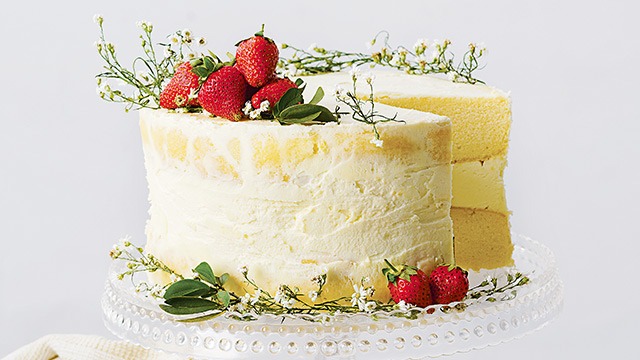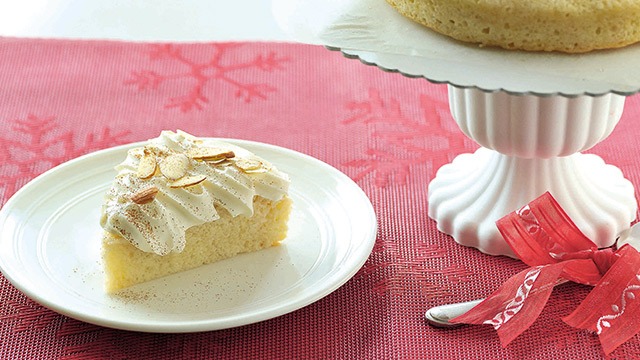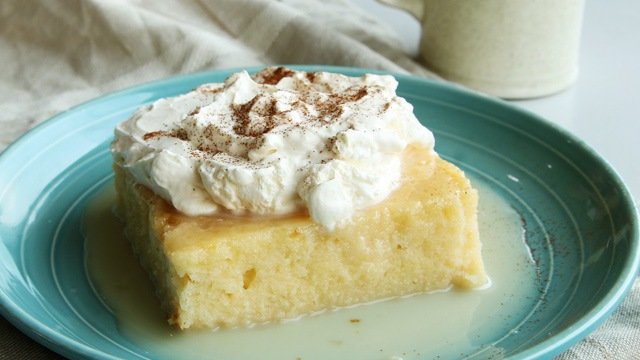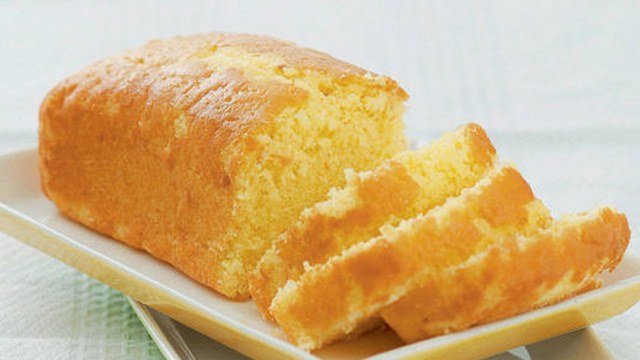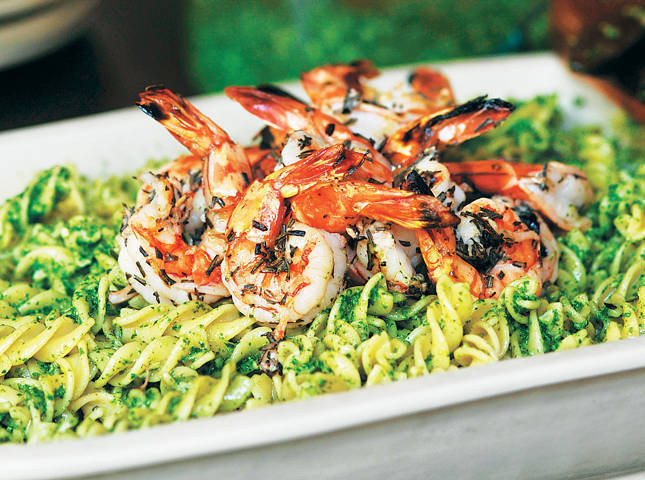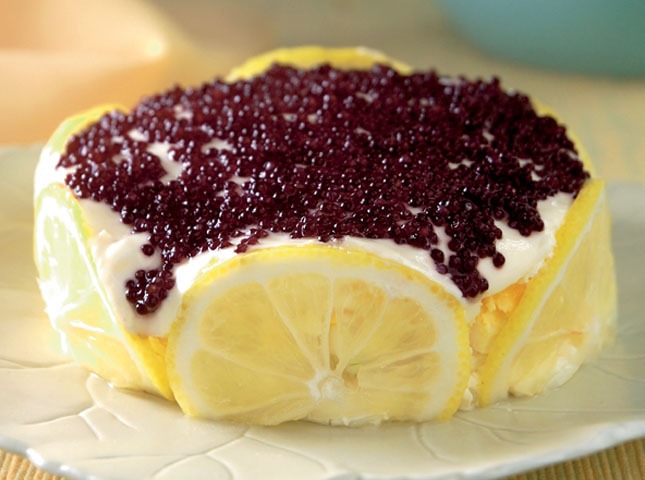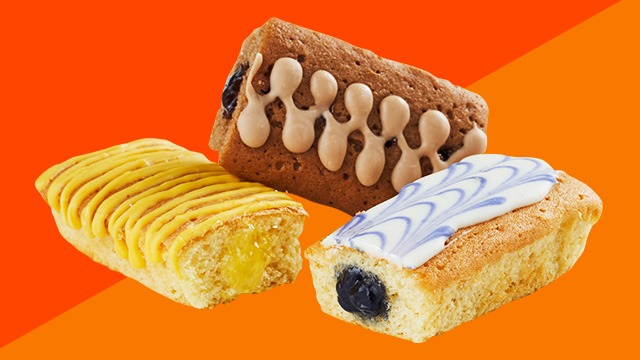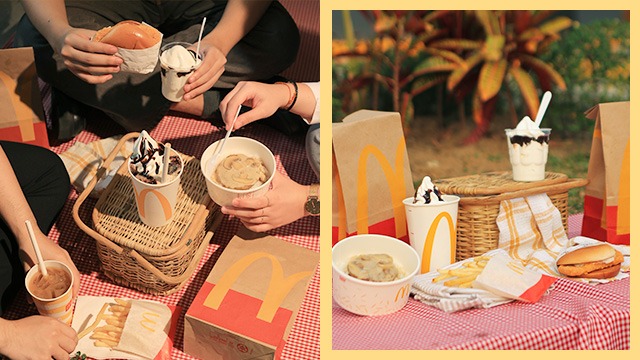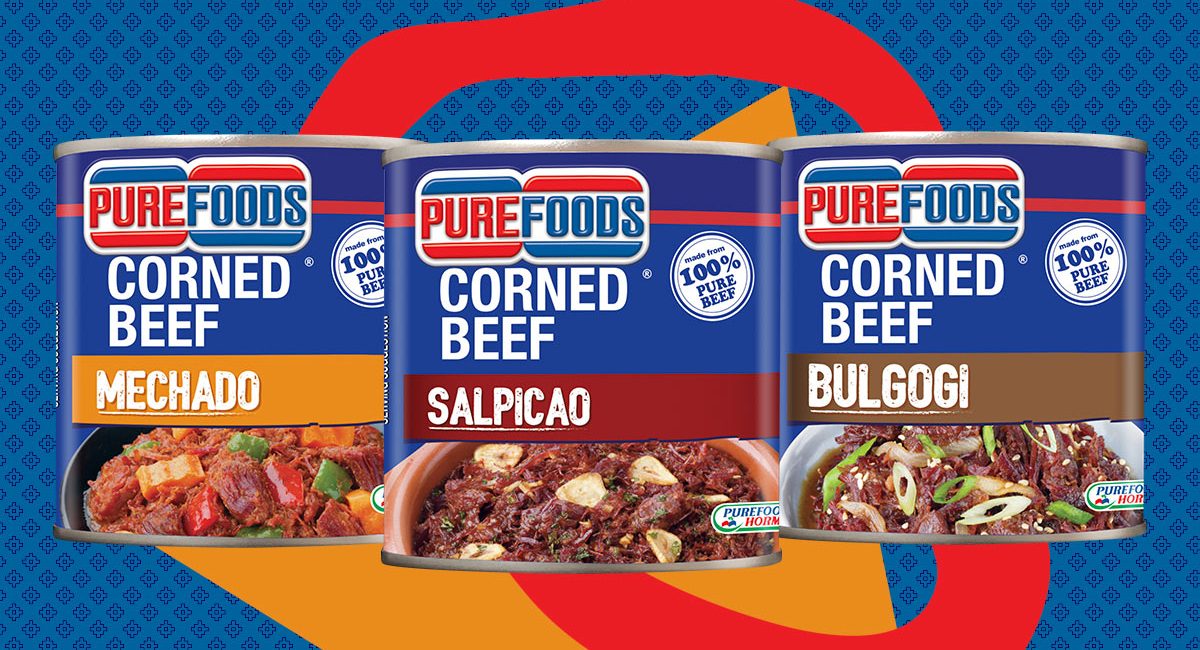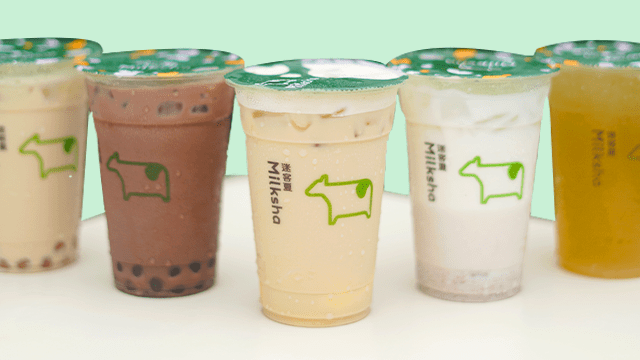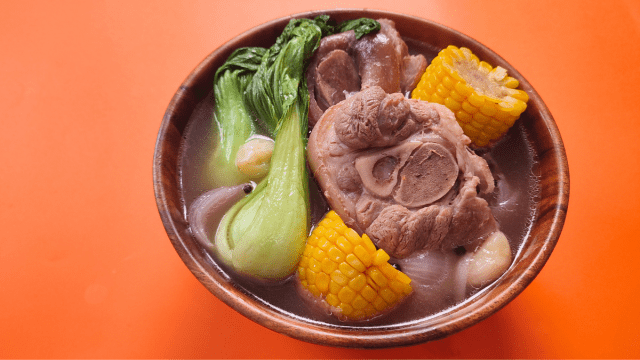
Cakes have many different textures: some are light and fluffy, while others are a little more dense and rich. When it comes to homemade cakes, it’s good to know what you’re in for when you start a recipe. It also helps to know what texture you will be getting to make the right kind of frosting for your cake, too! Here’s a quick guide on knowing the difference between white, yellow, and vanilla cakes. Contrary to popular belief, they are not all one and the same!
White Cakes
White cakes are known for their pure color (you can probably guess what it is) and the strong structure of the cake crumb. This cake relies on egg whites only to get its rise, and shortening to keep its color as white as possible. White cakes are popularly used for weddings and parties for easy decorating and easy-to-please flavor. Frost your white cakes with a simple vanilla buttercream.
Yellow Cakes
Unlike white cakes, yellow cakes use both the egg white and egg yolks in the batter. Butter is also used instead of shortening—so both the use of yolks and butter give this cake its yellow tinge. Because of the increased amount of fat used in the recipe, yellow cakes are softer, more tender, and more flavorful compared to white cakes. Throw on that delicious fudgy chocolate frosting!
Vanilla Cakes
American-style vanilla cakes are as simple as it gets. Because both white and yellow vanilla cakes are flavored with vanilla, one can argue that you can either have a white vanilla cake or yellow vanilla cake. However, there is a slight difference in the process of making a classic vanilla cake.
Yellow cakes often have the yolks and white separated, where the yolks are beaten with the cake batter and whipped egg whites are folded in afterwards. This helps give yellow cakes a good rise despite being weighed down by butter and egg yolks.
Vanilla cakes, on the other hand, are made with a simpler process: whole eggs are beat with the sugars and wet ingredients, then dry ingredients are folded in. What you get as a result is a flavorful cake with a tight, heavy, and dense crumb. Try it with our tres leches cake recipe!

